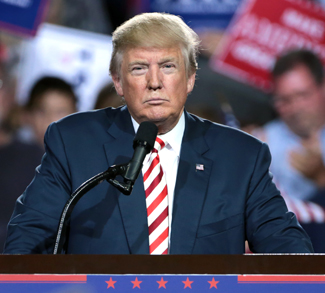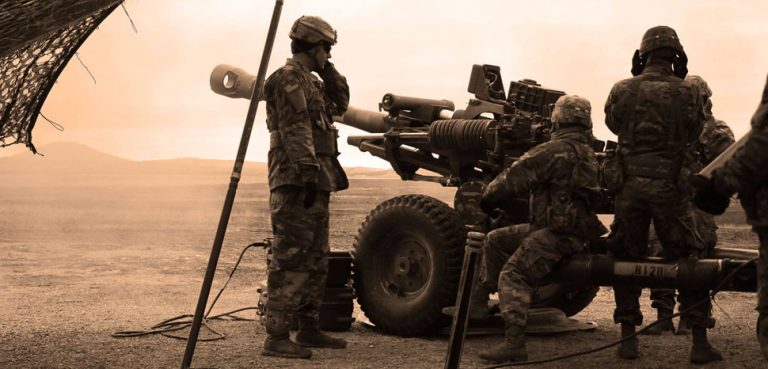Summary
The Afghan conflict helped to define the two presidents before Donald Trump, and not in a good way. The war has carried a heavy cost in blood and treasure since 2001, and now in 2017 there is very little to show for it. Kabul is politically dysfunctional, the Taliban is advancing on multiple fronts, and the opium crop continues to fund terrorist and criminal networks around the world.
In crafting a policy response to this worsening outlook, President Trump was offered the conventional wisdom by his military advisors: increase US troop levels in Afghanistan by at least 5,000. Apparently he has rejected the advice. For Trump, the old methods are simply not working. The United States has now spent an estimated $718 billion on a war that it’s not only losing, but losing badly.
President Trump might want to shake up a failing policy, but what options does he have this late in the game?
Background
A resurgent Taliban. In terms of territory, it has been a demoralizing two years for the Afghan government. According to the Special Inspector General for Afghanistan Reconstruction (SIGAR), Kabul is slowly losing its grip on the country, district by district. The Afghan authorities now control or influence just 52% of state’s districts. That number was as high as 72% back in November 2015. Much of the transfer of control to Taliban and other insurgents has been relatively recent as well: the government lost an estimated 15% of its territory in the span from September 2016 to March 2017. Multiple provincial capitals are under Taliban siege, including Helmand’s Lashkar Gah, and over 500 Afghan soldiers are being killed every month.




